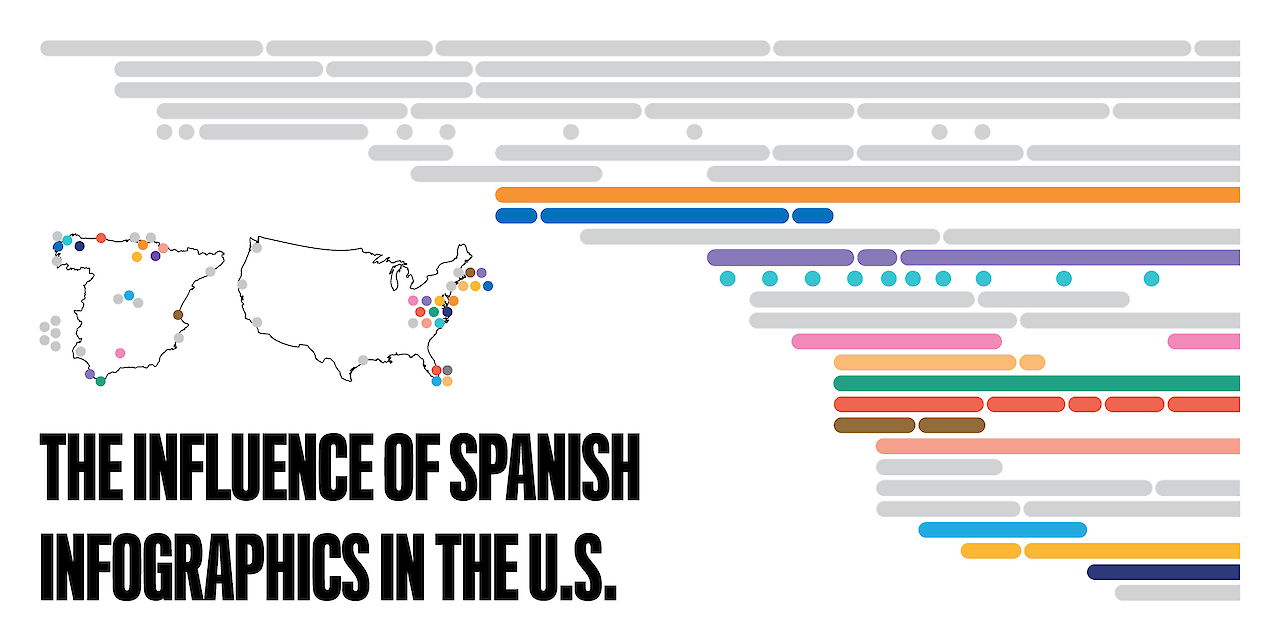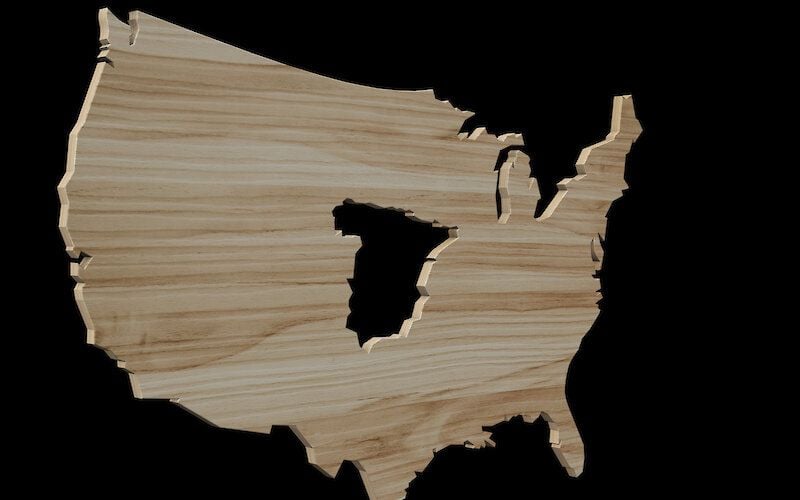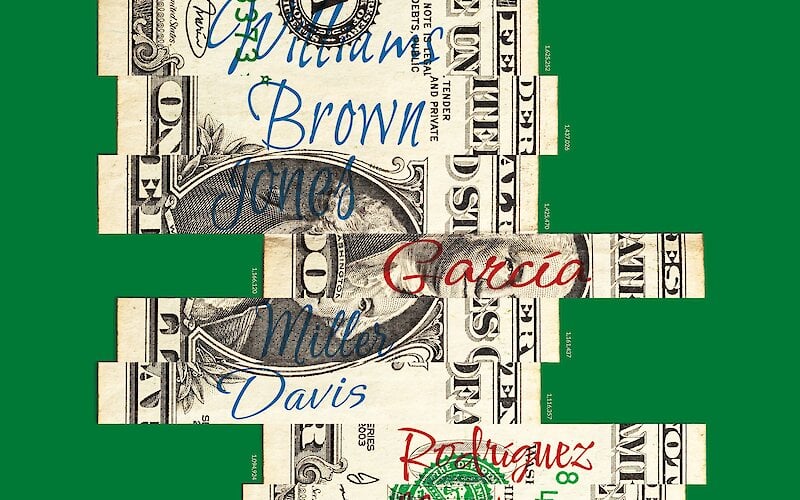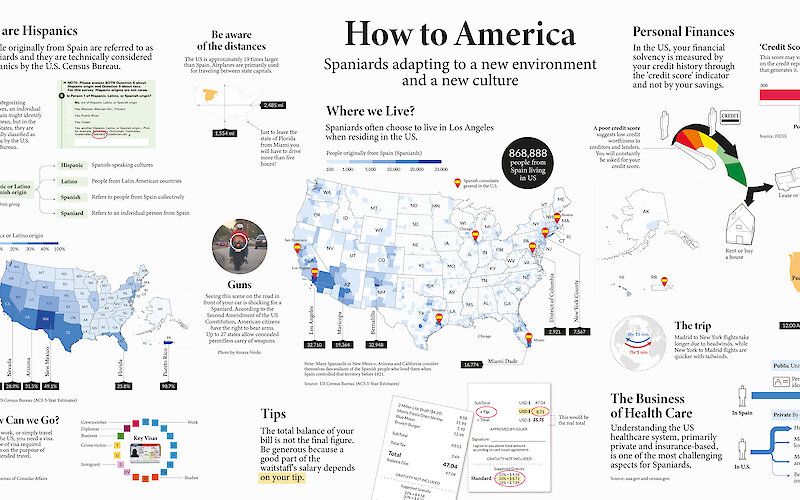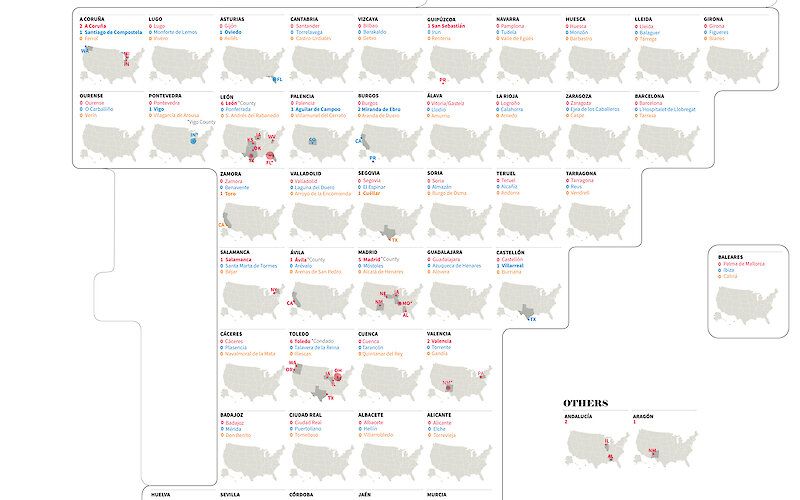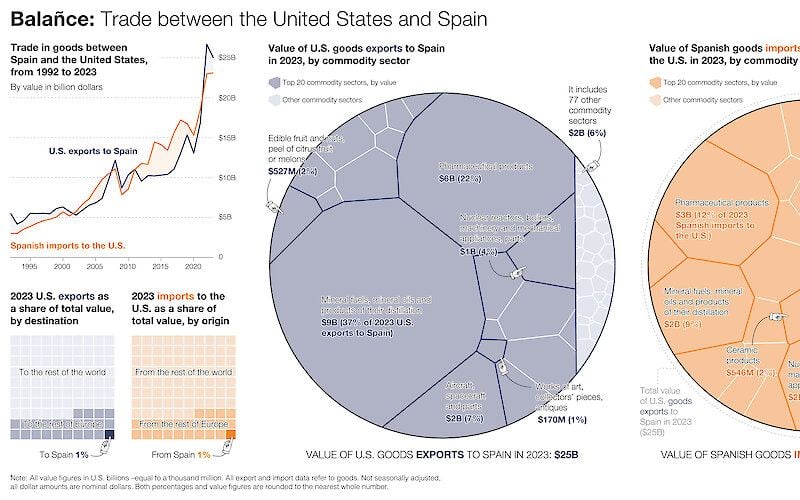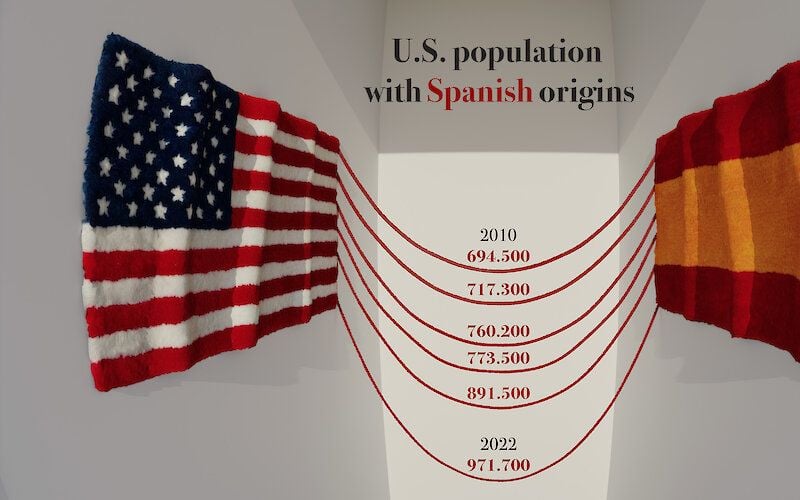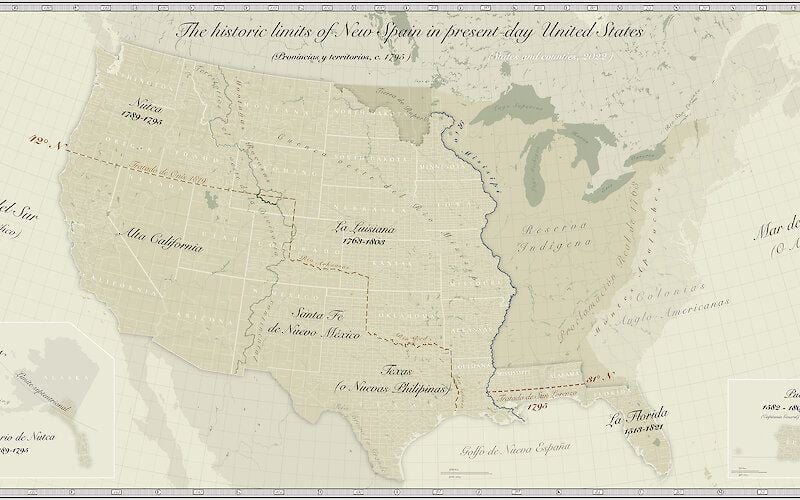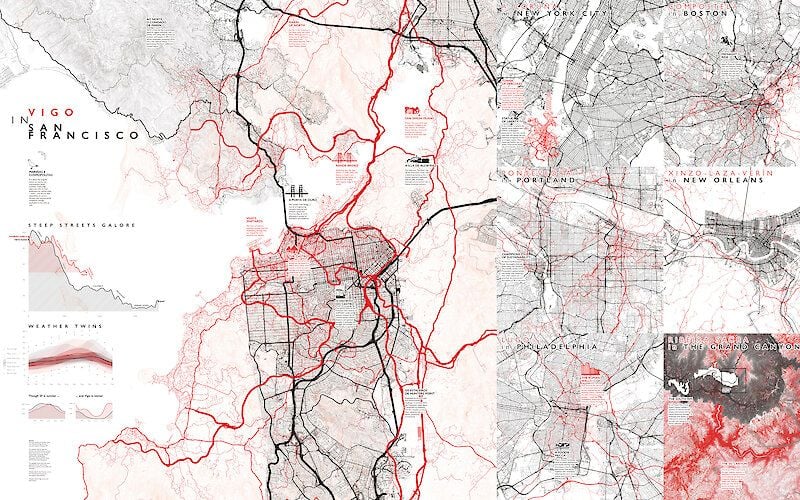Spanish Graphics in the U.S.
Spainfographics features the work that the diaspora of Spanish infographic designers have developed during the past three decades in the United States. Twelve infographic artists, out of more than two dozen who have lived or worked in the U.S., are featured in this exhibition showcasing various skills with the goal to tell a visual story to the visitor on the topic Spain in the United States.
Spanish infographic artists are well-known around the world. In the past few decades, Spain has exported dozens of them to countries around the world, the U.S. being the country where most of them have immigrated, established and grew in the profession. Yet, media newsrooms in London, Hong Kong or Singapore, among other cities, have also received the influence of Spaniards working in graphics and design.
There is not a clear answer on how this diaspora started. Some attribute it to the tradition of graphics in media publications in Spain, and the great generation of Spanish infographic artists that opened the path for upcoming generations in the late 90s. Others think that the lack of opportunities to grow in the field pushed them to explore new horizons and goals in other countries. It is also believed that the seed for the infographics diaspora was planted thanks to the Malofiej awards, some of the most prestigious in this field, celebrated in Pamplona between 1993 and 2021.
Read also On the Spanish Infographics Diaspora by Alberto Cairo, Knight Chair in Infographics and Data Visualization at the University of Miami.
